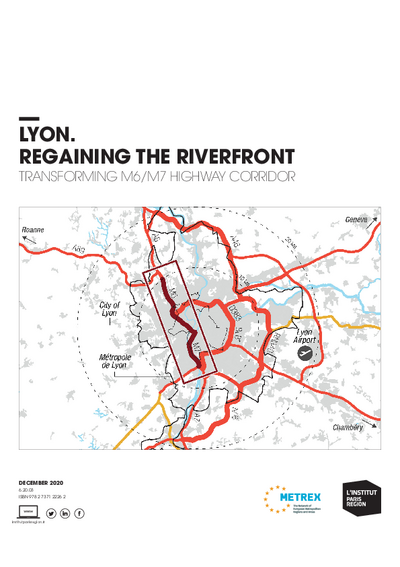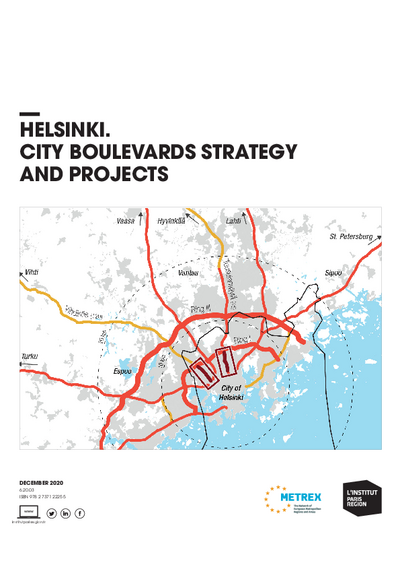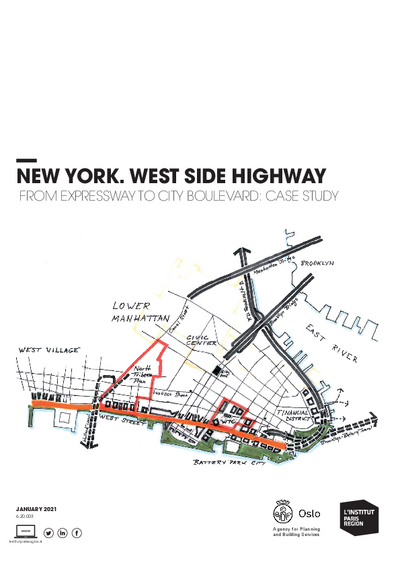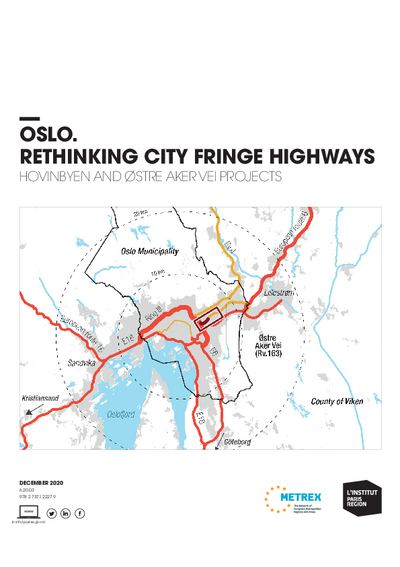Lyon. Regaining the riverfront
Lyon is France’s second largest metropolitan area with 1.4 million inhabitants in Greater Lyon (Grand Lyon), and 3.36 million in the larger urban region. In the last decades, Lyon has witnessed a rapid growth and has emerged on the international scene as a dynamic and attractive City-Region.
Since the 1960’s, the main motorway between Paris and Marseille (A6/A7) crosses the city right in its centre, bringing high levels of traffic, noise and air pollution, and disconnecting the city from the river Rhône. In 2010, Lyon launched a process to convert the highway into a multimodal metropolitan boulevard as a driver for the conversion of a 150-hectare industrial peninsula between the Rhône and Saône rivers. This process relied initially on the building of a new western motorway ring called l’Anneau des Sciences (“The Science Ring”). This highway project is no longer on the political agenda since the 2020 elections which brought a new coalition at the municipal and metropolitan levels. The challenge now is for the City-Region to find ways of reducing car traffic levels in order to transform the current highway into a 16 km long into a multimodal, bikeable, walkable and transit-oriented urban boulevard and potentially restoring the 11-km Rhône Riverfront.
This case study analyses the current issues and ongoing multimodal project for the recently (2016) decommissioned metropolitan highway M6 and M7. This section crosses through nine different municipalities of the Métropole de Lyon. Due to its scale, traffic volumes involved (over 120,000 vehicles per day) and strategic importance, the M6/M7 transformation project has the potential to deeply impact the metropolitan landscape and become a catalyst for major changes in regional mobility, development patterns and transformation of the Rhône river banks and valley.
Drawing lessons from Lyon’s long experience in transforming highways into streets, the M6/M7 raises multiple issues related to creative mobility management, social and territorial equity, and regional political cooperation.
This study is linked to the following theme :
Urban planning




